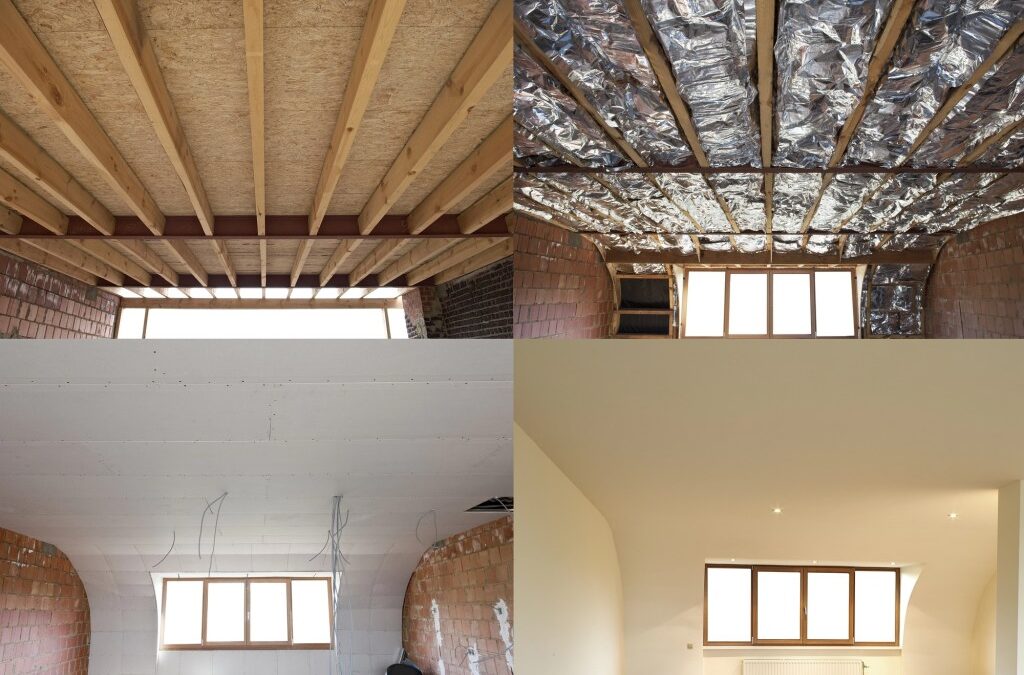If you’ve ever seen an episode of a reality show that focuses on turning rundown fixer-uppers into modern and luxurious apartments, it might give you a boost of confidence that any project can succeed. After all, there are several stories of investors flipping dilapidated homes with caving roofs, outdated wiring, and tripling their investments.
However, it’s also important to know when to stop, especially when you have limited funds and often have to work with a timeline to avoid defaulting on your loan or missing a seller’s market. So the question arises, at what point is a house not worth fixing? We’ve put this article together to help you answer that question and make smarter financial decisions, so continue reading below.
Signs a House May Not Be Worth Fixing

Structural Issues
Major structural issues are an excellent place to start if you’re looking to rule out potential money pits. Unless you’re looking to build your dream home from scratch, a house with major faults, such as cracks in the foundation, sagging floors, or a leaning chimney, is simply not worth the investment.
Not only are these issues incredibly expensive to fix, but they’re also time-consuming, and they can easily throw off your project timeline. Because of how sensitive structural issues are, you can’t simply bypass them when they start taking too long and decide not to complete them because of the cost.
You also have to be ready to source the right experts and sacrifice valuable time and money that could be spent on other renovations with such projects. For investors looking to cut expenses and maximize profits, fixer-uppers with structural issues are hardly worth the hassle.
Extensive Water Damage

Extensive water damage can be a nightmare in properties. Water damage weakens wood, corrodes metal, and even encourages mold growth, which can endanger your tenants’ health.
In the long run, no renter would endure musty odor, soft spots on floors, or water stains on the ceilings and walls for a few fittings. Even a property that comes fully furnished won’t hold its value if the underlying structure is compromised by water damage. That’s why you have to be on the lookout for these signs, especially since repairing water damage can be expensive.
Outdated Systems
Modernizing old houses certainly comes with a lot of charm, and could be a major selling point for some buyers. However, replacing outdated systems can also be a pain. Generally, the older the house, the more expensive it is to upgrade electrical, plumbing, or HVAC systems.
While you may be able to get away with preserving features such as staircases, windows, and doors, no one really wants to freeze during the winter because the house has an ancient furnace. That means such upgrades are practically inescapable, and the costs can be substantial. Sometimes they even require breaking open walls to complete the extensive work.
Timeline Costs and Considerations

Stress of Property Management
How do you know if rental properties are a good investment? For most investors, the straightforward answer is to weigh your yield against your capital. Embarking on a major renovation project can turn you into a part-time, unpaid property manager. You will become the point of contact for contractors, overseeing timelines and tracking daily expenses.
Risk of Burnout During Renovations
As you’d expect, this high-pressure role can be a fast track to burnout. Constantly dealing with demanding schedules, unexpected problems, and the need to make quick decisions can quickly take a toll on you. For many investors, the mental load of juggling these responsibilities can be overwhelming, especially when you’re working with a tight deadline.
Unexpected Costs and Delays
Speaking of deadlines, beyond the initial estimates for materials and labor, renovation projects are notorious for their hidden expenses. These can include permit fees, the cost of bringing outdated systems up to code, or the need for temporary housing while you sort out water damage. Delays are also considered a major source of unexpected costs, as a project that runs over schedule can lead to increased labor fees, extended living expenses, and a growing sense of financial strain.
Conclusion
Major structural issues, widespread water damage, and outdated systems can make repairs more expensive than the property’s future value. This can bring homeowners to a decision to consider that not every house is worth saving. The hidden costs and stress of managing contractors, delays, and financial surprises can quickly drain your resources. Renovating a home takes time and energy, and burnout is a real risk, so research thoroughly before deciding if it is worth it in the end.
Related
<!–
–>

